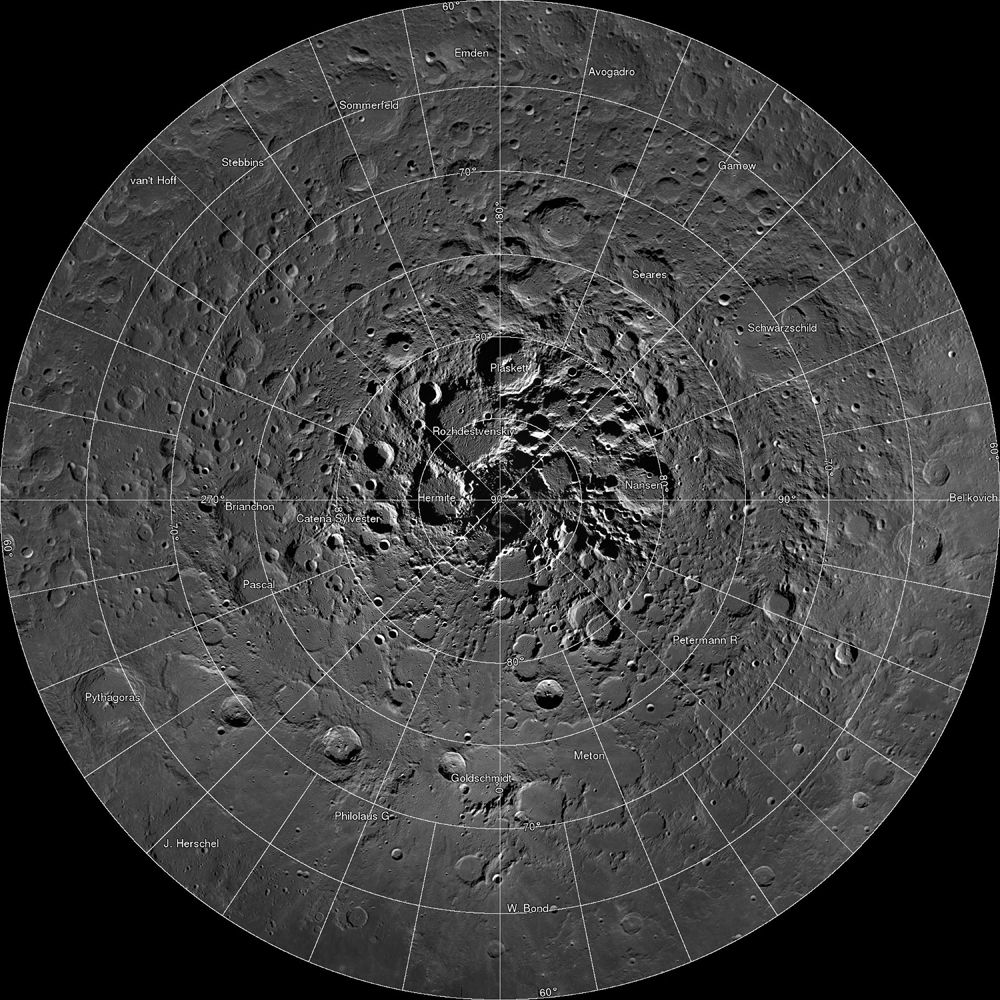
It has a subsurface ocean of liquid water, methane lakes and rivers on the surface, and even clouds and rain of methane. Titan is larger than the planet Mercury and is the second largest moon in our solar system. Additionally, its instruments will investigate the moon’s atmospheric and surface properties, subsurface ocean, liquid reservoirs, and areas where water and complex organic materials key to life once existed together for possibly tens of thousands of years. Since the basic building blocks of life on Titan are expected to be similar to those on Earth before life arose, Dragonfly’s instruments will help advance astrobiology and study how far pre-life chemistry may have progressed. The mission marks the first time NASA will fly a multi-rotor vehicle for science on another planet, as well as the first vehicle ever to fly its entire science payload to new places for repeatable and targeted access to surface materials. Slated for launch in 2026 and arrival in 2034, Dragonfly will sample and examine dozens of promising sites around Saturn’s icy moon and advance our search for the building blocks of life.ĭuring its 2.7-year (32-month) baseline mission, Dragonfly will explore Titan’s diverse environments and take advantage of its dense nitrogen-based atmosphere – four times denser than Earth’s – to fly like a drone. NASA’s newest mission to explore the solar system delivers an 8-bladed rotorcraft to visit Saturn’s largest and richly organic moon, Titan. Professor Catherine Neish of Western University is a co-investigator, the lone Canadian on the mission to date. Watch this Science Channel short episode on the fascinating mysteries of Saturn The planet is named for the Roman god of agriculture and wealth, who was also the father of Jupiter. The farthest planet from Earth discovered by the unaided human eye, Saturn has been known since ancient times. From the jets of water that spray from Enceladus to the methane lakes on smoggy Titan, the Saturn system is a rich source of scientific discovery and still holds many mysteries. Surrounded by more than 60 known moons, Saturn is home to some of the most fascinating landscapes in our solar system. Like fellow gas giant Jupiter, Saturn is a massive ball made mostly of hydrogen and helium. It is not the only planet to have rings, but none are as spectacular or as complex as Saturn’s. Adorned with a dazzling system of icy rings, Saturn is unique among the planets. Saturn is the sixth planet from the Sun and the second largest planet in our solar system. The next mission NASA has approved is the Dragonfly mission which explore Saturn’s moon Titan using a unique drone rotorcraft.

There have been four missions to Saturn, the last was Cassini.

Our friends at the Science Channel have posted a new video on the mysteries of Saturn. Enhanced Satellite Communication Project – Polar.Canadian Space Agency and Luxembourg Space Agency sign MOU June 23, 2022


 0 kommentar(er)
0 kommentar(er)
